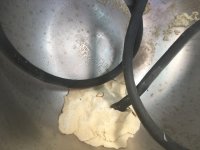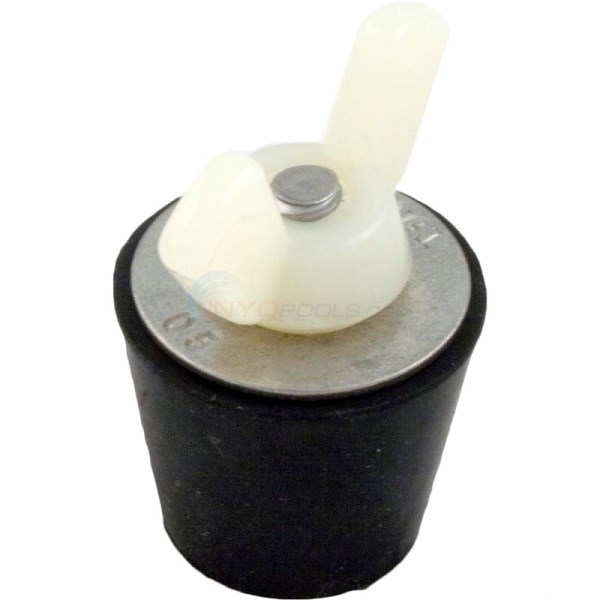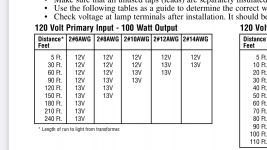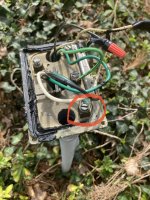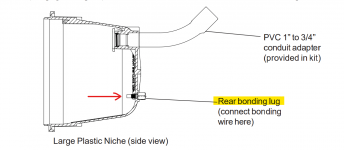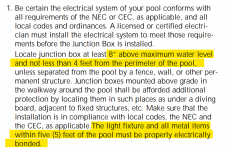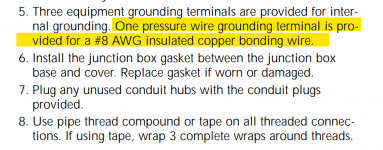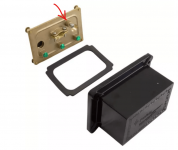- Jul 14, 2017
- 736
- Pool Size
- 24000
- Surface
- Plaster
- Chlorine
- Salt Water Generator
- SWG Type
- Hayward Aqua Rite (T-15)
Is there a standard size for pvc conduit to a light niche, and what is it?
Im thinking about replacing my light which is shorted out and has been disconnected for a couple years. I am going to have to break off this putty around the cord. I want to be prepared with the right size rubber stoppers in case that putty was put there for a reason.
If it matters, gunite pool circa 1980’s. Light is I think a pretty standard model. INYO telle me Pentair Amerlite is the replacement.
Im thinking about replacing my light which is shorted out and has been disconnected for a couple years. I am going to have to break off this putty around the cord. I want to be prepared with the right size rubber stoppers in case that putty was put there for a reason.
If it matters, gunite pool circa 1980’s. Light is I think a pretty standard model. INYO telle me Pentair Amerlite is the replacement.


